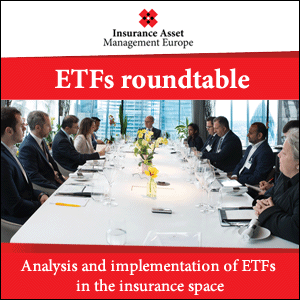
LATEST NEWS
- PRA warns of insurance rule shake-up 'increasing risks'
- Just 17% of European asset owners targeting biodiversity-themed strategies when investing sustainably
- Record year predicted for DB de-risking market as 2022 demand spills over
- Legal & General Capital commits £5bn of alternative asset investments in 2022
- MassMutual’s CIO to retire
Assets gathered by Asia-Pacific insurance industry form 26% of institutional investable assets in region

Written by Adam Cadle
19/01/2023
The amount of assets gathered by the Asia-Pacific insurance industry in the last two decades consists of 26% of institutional investable assets in the region, thus bringing in sizable investment income for insurance companies, research published by Cerulli has revealed.
In Q4 2022, Cerulli said it observed increased mandate activities emerging from Asian insurance portfolios looking to rebalance their assets back to strategic asset allocations as the year-end portfolio reviews approach. Despite risk aversion, Cerulli is seeing a pent-up demand from asset owners that are looking for new entry points in both traditional and alternative assets.
Insurers are increasingly seeking outside-of-investment-grade opportunities due to increased competition for deals. Creative methods are being used, including searching at earlier stages of venture capital or acquiring alternative companies directly to get a better selection of opportunities. In the medium term, the industry is expected to revert to higher fixed-income allocations to save on risk charges, but will still diversify within comparably risk-charged fixed-income substitute products. The Asian insurance industry’s risk appetite is still strong but liquidity tightening in the next few years will reduce allocations to risk assets.
Over the longer term, Cerulli said there will be increasing ESG integration and ETF usage in Asian insurance portfolios due to structural changes and commitments at national levels.
“The introduction of RBC regimes and IFRS 17 in the region will ultimately strengthen the finances and operations of insurance companies for their long-term survival and to help them avoid systemic risks,” Soo Ah Ran Cho, associate director at Cerulli Associates, said.
“Despite some medium-term weaknesses post-implementation, we anticipate a stronger insurance industry to emerge, supported by better margins from insurance operations in the years to come.”










